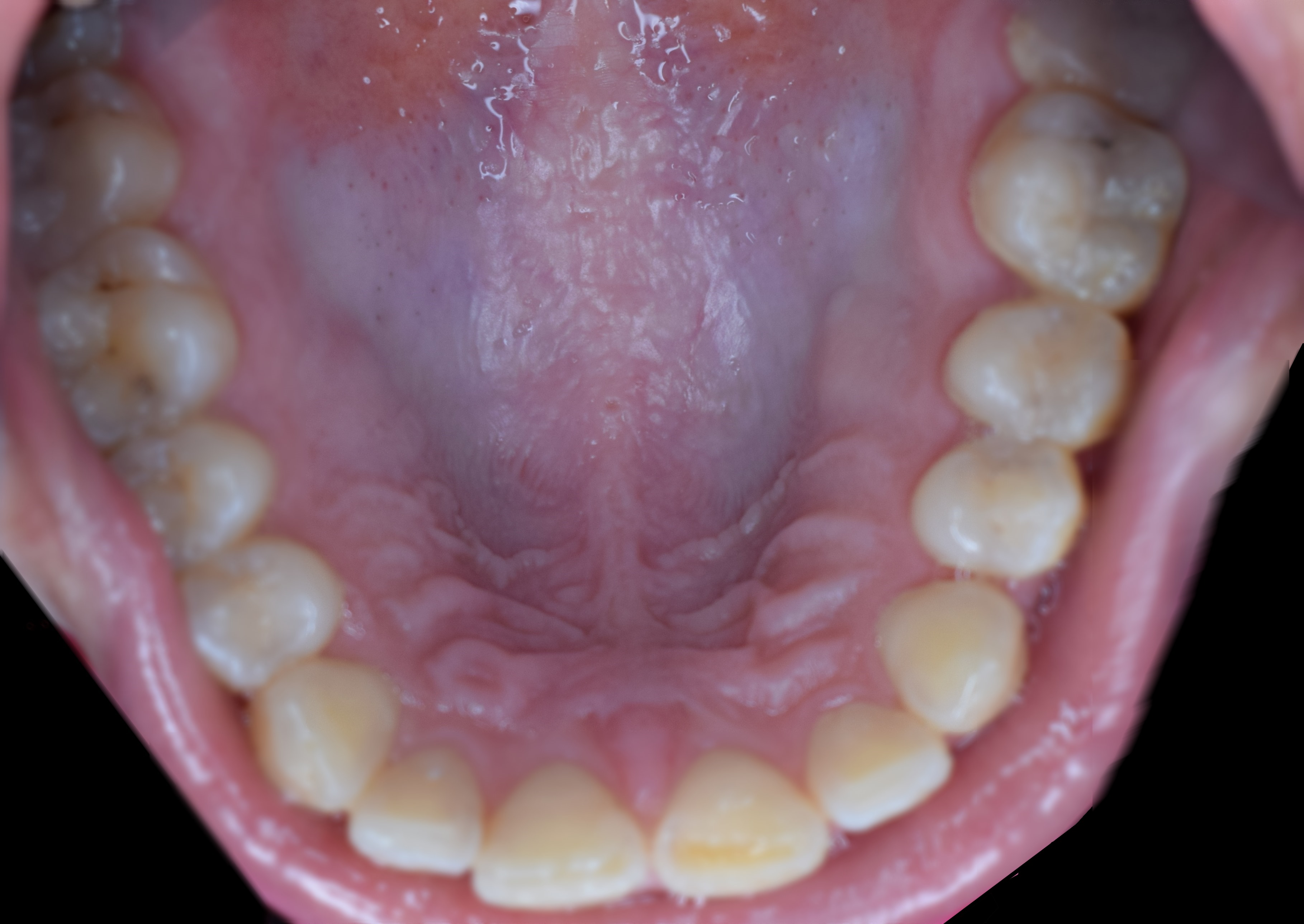Rugae vaginales.jpg on:
[Wikipedia]
[Google]
[Amazon]
 In
In
 In
In anatomy
Anatomy () is the branch of biology concerned with the study of the structure of organisms and their parts. Anatomy is a branch of natural science that deals with the structural organization of living things. It is an old science, having it ...
, rugae are a series of ridges produced by folding of the wall of an organ. Most commonly rugae refers to the gastric rugae
The gastric folds (or gastric rugae) are coiled sections of tissue that exist in the mucosal and submucosal layers of the stomach. They provide elasticity by allowing the stomach to expand when a bolus enters it. These folds stretch outward throu ...
of the internal surface of the stomach
The stomach is a muscular, hollow organ in the gastrointestinal tract of humans and many other animals, including several invertebrates. The stomach has a dilated structure and functions as a vital organ in the digestive system. The stomach i ...
.
Function
A purpose of thegastric rugae
The gastric folds (or gastric rugae) are coiled sections of tissue that exist in the mucosal and submucosal layers of the stomach. They provide elasticity by allowing the stomach to expand when a bolus enters it. These folds stretch outward throu ...
is to allow for expansion of the stomach after the consumption of foods and liquids. This expansion increases the volume of the stomach to hold larger amounts of food. The folds also result in greater surface area, allowing the stomach to absorb nutrients more quickly.
Location
Rugae can appear in the following locations in humans: * Wrinkles of thelabia
The labia are part of the female genitalia; they are the major externally visible portions of the vulva. In humans, there are two pairs of labia: the ''labia majora'' (or the outer labia) are larger and thicker, while the '' labia minora'' are fo ...
and scrotum
The scrotum or scrotal sac is an anatomical male reproductive structure located at the base of the penis that consists of a suspended dual-chambered sac of skin and smooth muscle. It is present in most terrestrial male mammals. The scrotum co ...
* Hard palate
The hard palate is a thin horizontal bony plate made up of two bones of the facial skeleton, located in the roof of the mouth. The bones are the palatine process of the maxilla and the horizontal plate of palatine bone. The hard palate spans t ...
immediately behind the upper anterior teeth
* Inside the urinary bladder
The urinary bladder, or simply bladder, is a hollow organ in humans and other vertebrates that stores urine from the kidneys before disposal by urination. In humans the bladder is a distensible organ that sits on the pelvic floor. Urine ente ...
* Vagina
In mammals, the vagina is the elastic, muscular part of the female genital tract. In humans, it extends from the vestibule to the cervix. The outer vaginal opening is normally partly covered by a thin layer of mucosal tissue called the hymen ...
* Gallbladder
In vertebrates, the gallbladder, also known as the cholecyst, is a small hollow organ where bile is stored and concentrated before it is released into the small intestine. In humans, the pear-shaped gallbladder lies beneath the liver, although ...
* Inside the stomach
The stomach is a muscular, hollow organ in the gastrointestinal tract of humans and many other animals, including several invertebrates. The stomach has a dilated structure and functions as a vital organ in the digestive system. The stomach i ...
* Inside the rectum
Difference between rugae and plicae
With few exceptions (e.g. the scrotum), rugae are only evident when an organ or tissue is deflated or relaxed. For example, rugae are evident within the stomach when it is deflated. However, when the stomach distends, the rugae unfold to allow for the increase in volume. On the other hand, plicae remain folded regardless of distension as is evident within the plicae of the small intestine walls.References
{{Reflist Anatomy Tissues (biology) ja:襞